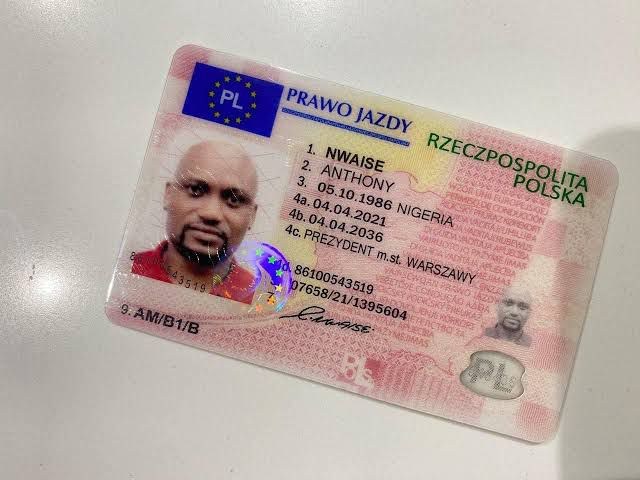Are The Advances In Technology Making Driving Course Online Better Or Worse?
The Rise of Online Driving Courses: Adapting to a Digital Era
In current years, the landscape of education and training has actually moved incredibly, fueled by technological developments and the increasing need for flexible learning choices. Among these advancements, online driving courses have actually become a prominent service for potential motorists wanting to acquire their chauffeur's licenses efficiently and safely. This article dives into the benefits, structure, efficiency, and regularly asked questions concerning online driving courses, eventually presenting a detailed overview of this modern-day approach to chauffeur education.
Comprehending Online Driving Courses
Online driving courses are developed to educate striving motorists through web-based platforms, permitting them to find out at their own speed and convenience. find more info include necessary components of motorist education, consisting of traffic laws, safe driving practices, and the responsibilities of operating a car.
Key Components of an Online Driving Course
- Interactive Modules: Engaging and interactive lessons that include videos, quizzes, and simulations to improve learning.
- Written Materials: Comprehensive research study guides, textbooks, and resources that can be accessed online.
- Practice Tests: Sample tests that help trainees examine their knowledge and get ready for the actual authorization or licensing test.
- Instructor Support: Many programs use access to skilled trainers who can answer questions and offer guidance.
- Flexible Scheduling: Students can discover at their own rate, making it much easier to stabilize other commitments such as work or school.
Advantages of Online Driving Courses
Transitioning to online driving education supplies several benefits for learners in addition to driving schools.
Benefits
Description
Convenience
Students can gain from the convenience of their homes.
Versatile Learning Pace
Enables learners to progress according to their schedule.
Economical
Typically less costly than traditional in-person classes.
Comprehensive Resources
Access to a wealth of instructional products and tools.
Increased Engagement
Interactive elements improve retention and understanding.
Availability
Options for people with disabilities or those in remote areas.
Structure of an Online Driving Course
Usually, an online driving course is structured to cover numerous subjects, guaranteeing a well-rounded education in driving concepts. The following is a basic summary of what students can expect:
- Introduction to Driver Education: Overview of the course and its goals.
- Traffic Laws and Regulations: State-specific traffic laws and policies that drivers should follow.
- Road Signs and Their Meanings: Detailed descriptions of common traffic signs and signals.
- Safe Driving Techniques: Strategies for protective driving, handling unfavorable conditions, and sharing the road.
- Automobile Operation and Maintenance: Basics of running a car and routine upkeep jobs.
- Preparing for the Driving Test: Tips and strategies to successfully pass the practical driving exam.
Advantages of Structured Learning
- Progress Tracking: Many online platforms provide tools to keep an eye on progress and conclusion status.
- Instantaneous Feedback: Quizzes and tests can provide immediate feedback, permitting trainees to learn from mistakes.
- Reduced Pressure: A less challenging atmosphere compared to traditional classrooms assists students engage better.
Are Online Driving Courses Effective?
The efficiency of online driving courses mostly depends on the quality of the program and the learner's commitment. Studies indicate that online courses can be as efficient as conventional classroom settings, offered they consist of interactive and detailed material.
Elements Contributing to Effectiveness
- Quality of Curriculum: Courses that are created in alignment with state requirements ensure students are well-prepared.
- Engagement Strategies: Incorporating multimedia elements like videos and simulations boosts learning.
- Support Systems: Access to experienced instructors who can use real-time feedback and assistance.
Online vs. Traditional Driving Courses
Here is a comparative take a look at online driving courses versus standard classroom-based courses:
Aspect
Online Course
Traditional Course
Versatility
High
Limited
Cost
Generally lower
Generally higher
Place
No need to take a trip
Should go to face to face
Learning Environment
At your own convenience
Set schedule in a classroom
Social Interaction
Limited to online forums
Face-to-face interactions
Frequently Asked Questions About Online Driving Courses
1. Are online driving courses accepted by all states?
Yes, a lot of states accept online driving courses for license tests; however, it's essential to consult your local Department of Motor Vehicles (DMV) for particular requirements.
2. The length of time does an online driving course take?
The duration varies by program, typically ranging from a number of hours to a few weeks, depending upon user schedule and the specific course structure.
3. Do online driving courses include behind-the-wheel training?
Numerous online driving courses use a theory element, however you must finish practical driving hours with a licensed instructor or a qualified adult, depending upon state policies.
4. Can I take the last exam online?
Most online driving courses permit trainees to take the last exam online, ensuring it's convenient and accessible.
5. Exists support readily available if I have questions throughout my course?
Yes, reputable online driving courses typically offer access to instructors or support groups for support during your research studies.
Online driving courses use an ingenious service for learning to drive, adapting to the needs and preferences of 21st-century learners. By combining versatility, thorough material, and engaging learning techniques, these programs empower aiming drivers to develop the skills and knowledge necessary for safe driving. As technology continues to affect education, the relevance and efficiency of online driving courses will likely grow, making them an important choice for future generations of motorists.
